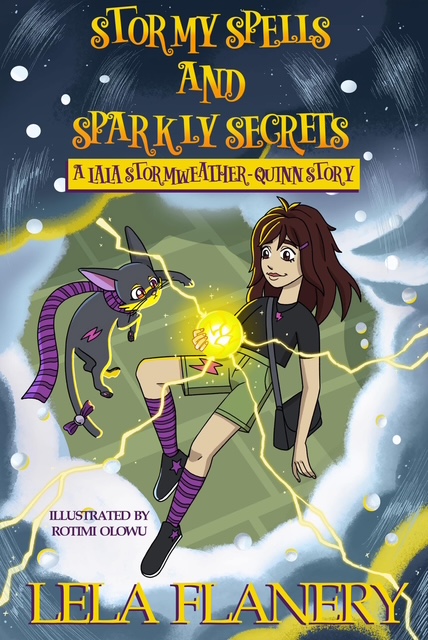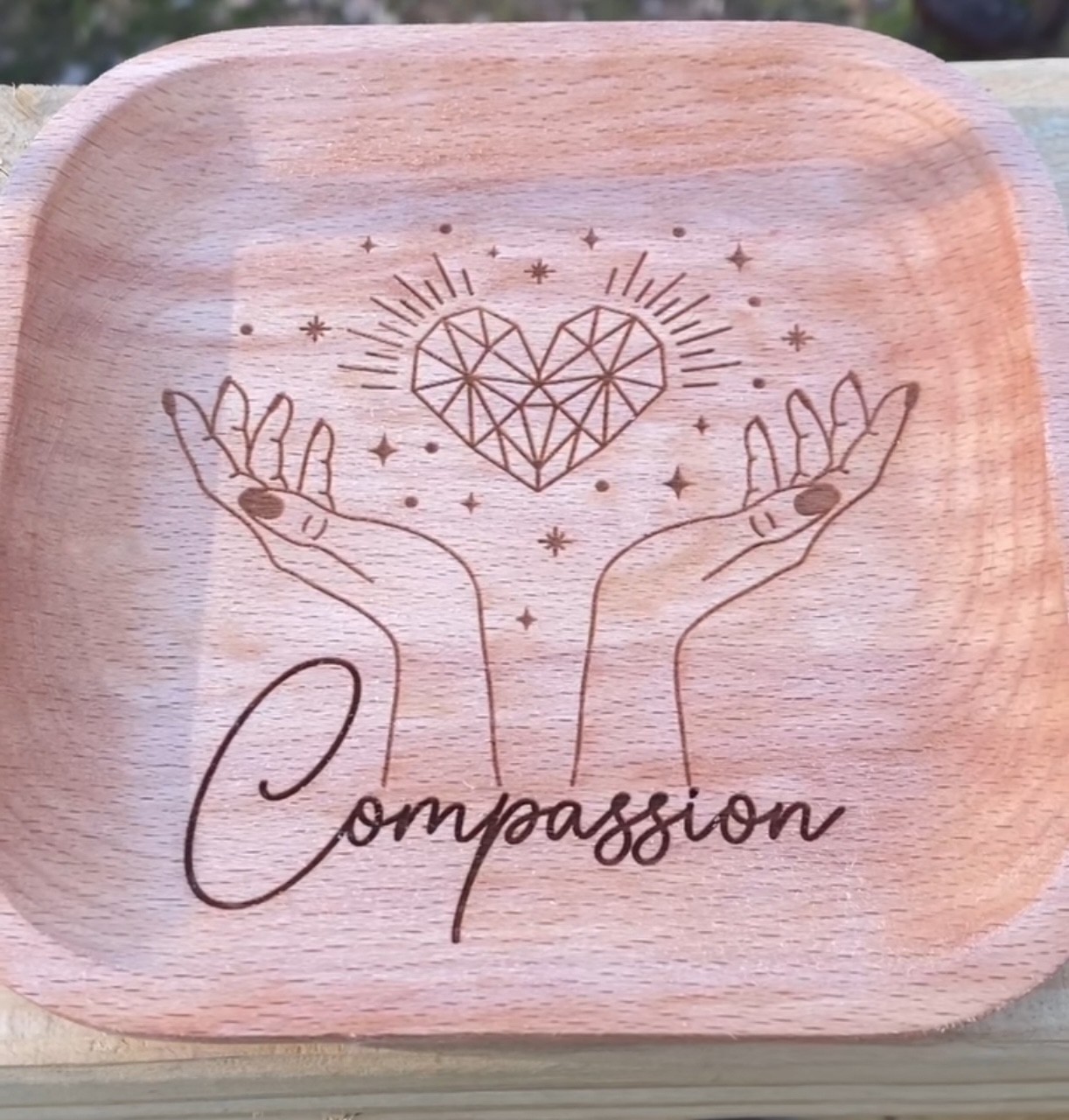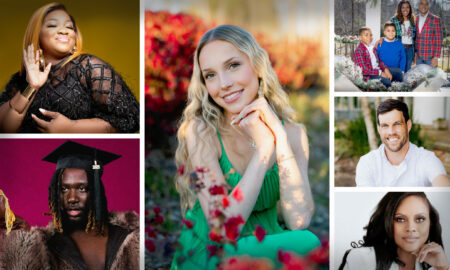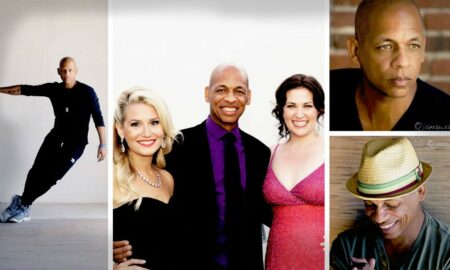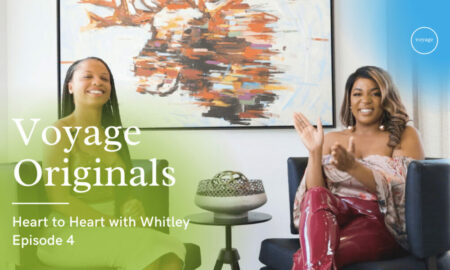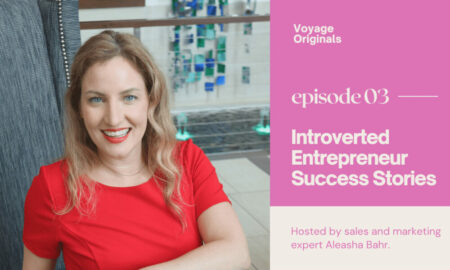

Today we’d like to introduce you to Lela Flanery.
Hi Lela, we’re thrilled to have a chance to learn your story today. So, before we get into specifics, maybe you can briefly walk us through how you got to where you are today?
My roots as a therapist, creator, and author go all the way back to my childhood. I grew up in an unhealthy, chaotic home—lots of yelling, anger, and tension all the time. I was bullied heavily in school for being low-income, overweight, and wearing glasses. When things got too loud or too painful, I’d hide in my closet and make up stories about strong girls who made it out. I’d draw them on the wall, little reminders that maybe I could make it out too. I didn’t know what “emotional regulation” was back then—I just knew I had big emotions that I didn’t know how to control. Everyone in my family did.
When I was about nine, my parents split up and my mom went back to school to study psychology. I used to help her study flashcards, learning about mental health before I even understood my own. For the first time, I had names for what was happening inside my family. Those labels made the chaos make a little more sense.
But knowing the words didn’t make life easier. I started getting into fights in school. The bullying got worse, the anger built up, and by middle school, I was homeschooled and isolated. That’s when depression crept in. I started self-harming, trying to find control in pain because everything else felt uncontrollable.
By ninth grade, I was back in public school, still angry and hurting. Around that time, my dad told us he was addicted to crack cocaine. Between that and the constant conflict at school, I spiraled. I was hospitalized multiple times for suicidal thoughts and attempts. Eventually, I was sent away to a Christian “treatment” center called The Joy House—which turned out to be an abusive program hiding behind religion.
We were verbally, physically, and emotionally abused. Staff turned us against each other, encouraged bullying, and punished us with food deprivation, sleep deprivation, forced labor, and isolation. We were told it was for our salvation, but really, it was control. I remember telling one of the staff, “One day, I’ll be big enough that people will have to listen to me.” That moment became a quiet promise I made to myself.
When I got out, I kept my head down. I finished high school, went to college, and at 18 finally got real diagnoses: borderline personality disorder and bipolar disorder. For once, I had words that fit. They didn’t make me broken—they made me understandable, even to myself.
College wasn’t easy—I came out as queer, had a rocky relationship with my mom, and was homeless for a period. But I graduated with a bachelor’s in psychology, determined to use what I’d survived to help others. I started working at a group home, and that’s where I learned that what happened at The Joy House was legally considered abuse. It broke me and validated me all at once. I started trying to collect other survivors’ stories, but most were too scared or estranged from their families to go public.
That’s when I found dialectical behavior therapy—DBT. For the first time, I learned how to regulate my emotions instead of drowning in them. I learned distress tolerance, mindfulness, and self-compassion. It changed my life. It also helped me decide to go back to school for my master’s in social work. I wanted to be the kind of therapist I never had—the one who helps you find your voice instead of taking it away.
During my MSW program, I interned at Athens Area Homeless Shelter and worked and interned at Advantage Behavioral Health Systems in the middle of the pandemic. I was exhausted, juggling full-time work and school, and needed something to ground me. That’s when I rediscovered creativity. I started crafting—first with a Cricut, then a Glowforge—and created my business, A Touch of Magic. It became another form of therapy for me, a reminder that creation can come from chaos.
After graduation, I worked on the crisis unit at Advantage, helping people in some of their darkest moments—suicidality, psychosis, detox. It was meaningful but heavy work. When management changes made the environment harder, I moved to The Athens Addiction Recovery Center. That’s where I found my footing again. I love that job deeply—the people, the work, the raw honesty of recovery.
It was there that I started writing again. My first book, Stormy Spells and Sparkly Secrets: A Lala Stormweather-Quinn Story, came out of that part of my life. Lala is a ten-year-old witch whose emotions control the weather—a mirror of what it feels like to live with emotion dysregulation. I wrote her for every kid who’s been told they’re “too much.” She’s learning what I had to learn—that your emotions don’t make you broken, they make you powerful, if you learn how to work with them.
Now I’m entering private practice at Counseling Associates for Wellbeing, and it feels like a full-circle moment. I survived chaos, abuse, and silence—and turned them into empathy, voice, and creation. Everything I do, whether it’s therapy, art, or writing, comes from the same place: a promise I made as a scared kid in a closet—that I’d grow up to help people find light in the dark, and strength in their own storms.
I’m sure it wasn’t obstacle-free, but would you say the journey has been fairly smooth so far?
I don’t think I’ve ever known the meaning of a smooth road. I was born into a family filled with chaos, anger, and addiction. For the first part of my life, we were part of a religious cult — The International Church of Christ. I wasn’t allowed to have many friends, and when we finally left, I lost the few I had.
As a kid, I used to beg my parents to divorce. I was scared of my dad, and I became more of a therapist to my mom than a child. School wasn’t much better — I faced constant bullying. By the time I was fifteen, I’d already been through more trauma than most adults. I struggled deeply with my mental health, becoming suicidal and feeling trapped in pain I couldn’t name.
When I started college, I thought all of that would finally be behind me. I thought I could start fresh — but life didn’t magically smooth out. I experienced periods of homelessness, more trauma, and ended up in an abusive relationship. My relationship with my mom and stepdad was volatile, and I was trying to survive in every sense of the word.
Eventually, with the support of my best friend and my ex-husband, I found the strength to leave that relationship. Not long after, the world shut down for COVID, and everything felt like it fell apart again — but that breakdown eventually became the beginning of my rebuild.
Thanks – so what else should our readers know about your work and what you’re currently focused on?
My work has always been rooted in one core belief — giving a voice to the voiceless. I strive to be an empathetic listener who not only understands the textbook theories but also brings lived experience to the room.
Over the years, I’ve worked with nearly every population — from children to seniors, from people experiencing homelessness to those who are upper class, and across every race and background. I genuinely love what I do and find deep meaning in helping people feel seen and understood.
I specialize in working with neurodivergent individuals, the LGBTQIA+ community, and people who experience big emotions. My approach combines DBT skills with creativity, helping clients learn to express themselves, regulate their emotions, and rediscover their strengths in ways that feel authentic and empowering.
That same passion for emotional growth and understanding also inspired my first book for ages 9-13, Stormy Spells and Sparkly Secrets: A Lala Stormweather-Quinn Story, which comes out on November 15 through Kindle. It’s about a young witch whose emotions control the weather — a story designed to help kids see that big feelings aren’t something to be ashamed of; they’re something to be understood, embraced, and worked with.
What makes you happy?
Cats — definitely cats. They make me so happy. Well, cats, Buffy the Vampire Slayer, helping others, creating, and the special people in my life. I really love what I’ve built my life into. For the first time, I feel like I’m in a place of genuine peace and happiness.

